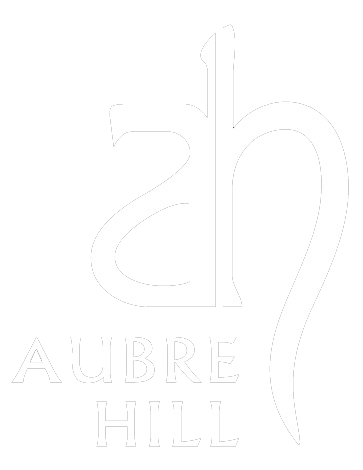Most dance education has been a creative field outside of acedemia, and some of the most influential aspects of dance education happen in social spaces undocumented for the preservation for future generations and without the benefit of potentially wider accessibility. This is not a judgement but an observation as to how dance, a universal cultural expression and art, exists and is studied in spheres outside of educational study. Thus many dance educators that influence the introduction to cultural arts do not have a background in education, and our practices are commonly valued on experience versus research and examination. I am not referring to how cultural identity is passed between generations. I am talking specifically about dance studios and how cultural art forms are studied and passed along often without cultural identity or involvement. And this is where we must focus a light and understand how we integrate educational practices with intellectual humility and cultural representation as a potential experience to expand one’s own understanding of identity and compassion to differences and diversity.
We are in a social revolution learning about our history, recognizing our participation in potentially harmful practices, and acknowledging the privledge we have had to explore dance, create artistic expressions, and build community. Building on last month’s discussion about the self work involved in this, I wanted to spend some time focusing on the educators’ role and how we as teachers may rebuild with integrity.
Most begin with terminology. Representation and historical context is vital to how we use terminology. Understanding the legacies of our words allows us to communicate more clearly what we are teaching and from what context we are approaching the subject. I have been in countless conversations over the years about terminology. It is something I post about regularly. And it is the thing I get the most questions about currently. So I’m changing up the Learning Circle for March to focus specifically on three consecutive weeks of small group discussions about terms and unpacking their history and usage.
What I feel is a more foundational aspect to examine is the what and why. What are you teaching and why is it important to you? This is more than the course description. In a recent conversation with a fellow fusion dancer, we discovered what she was teaching was not the fusion form that labeled her classes but inclusion and empowerment. This immediately changed the attachment to the material as it had been taught and launched her into a whole new inspired way of looking at her what and why.
Doing this examination digs into the motivations of why are you teaching and clarifies your biases and attachments. Personally my motivations for teaching have grown and changed over the years. As a teen, it was a great way for me to refine what I knew and test my understanding with the main focus on what was physically possible. Maturity shows me that what I was truly motivated by was proving I existed and that I was worthy of doing so. Over the years, my focus turned to the embodiment and relationship we have with our own physicality. Teaching movement became a way I could help provide tools for my students to develop body awareness, self acceptance, and hopefully appreciation and celebration. This changed much of the way I organized my classes and courses, how I introduced new concepts, and what material I would put together. Doing this through cultural dance forms such as folk dance or raqs sharqi or even transcultural, gave us a way of experiencing universal human connection through movement while exploring potentially new ways to be, move, hear, and connect. The newness gave us the ability to explore our assumptions, comforts, and self imposed limitations. This understanding could expand our compassion to differences and hopefully build new ways to approach diversity with excitement. My what is self awareness for greater humanity and connection. My why is a devoted sense of service to our community out of gratitude and hope.
With a understanding of your motivations, how you restructure your material and what your material even is becomes much clearer. We can now take an honest look at how we have learned dance in the past, understand the filters it was presented through, and make thoughtful decisions as to how we navigate forward. Some elements should probably be left as apart of history. Nurture the things that were profound for you, but I caution us from attaching to the wrappings and not digging deeper to find the true core. A large majority of us will uncover racist, sexist, and/or colonialist concepts in our dance experience. You may not have known better then, but now you do. Go to the source. Study with native dancers. See what they are expressing as important and essential. Get feedback. As dance teachers, we have the ability to change how dance is experienced and passed down. Make sure you are apart of a lineage you are proud of. We are not perfect, but we can keep listening, learning, and doing the hard work to reassess and make sure our students get the best education we can offer.
Along those lines, I think it is important to understand where you are in the cultural bridge of education. I envision this as an actual bridge of stones from one shore to another. The stones closest to a shore are deeply embedded in that culture and are more specifically expressing and connecting to other people of that same culture. This means I am of service to mainly people of mix cultural backgrounds usually with a western foundation of understanding. My responsibility is to introduce concepts and arts to them in a way they can understand and lead them down the bridge to more direct cultural sources. I am not in competition with Native teachers. I am of service to them. Where are you in this process? Who are you speaking to? And where are you hoping to take your students?
